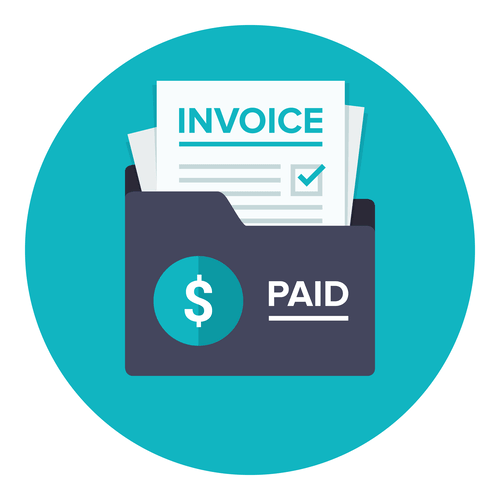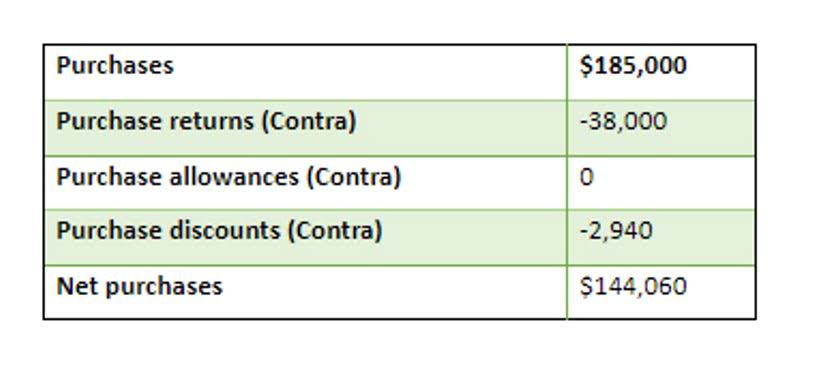
Their work ensures business owners and managers have reliable data to make strategic decisions, such as budgeting, forecasting, and identifying cost-saving opportunities. Additionally, bookkeepers help ensure compliance with financial regulations by keeping thorough and precise records, reducing the risk of errors and potential legal issues. Overall, their contributions support a business’s financial health and stability, enabling it to operate smoothly and grow sustainably. Bookkeepers are essential for maintaining accurate and up-to-date financial records, critical for informed decision-making, financial planning, and regulatory compliance.

Day-to-Day Operations
- Even if you don’t have a degree, the American Institute of Professional Bookkeepers (AIPB) will let you become a Certified Bookkeeper (CB).
- Bookkeepers play an integral role in managing the financial resources of many businesses.
- Maintaining the general ledger involves categorizing and summarizing all financial transactions systematically.
- Time management skills are essential for prioritizing tasks, meeting deadlines for reports and filings, and ensuring that all financial operations run smoothly without delays.
- Individuals who are successful bookkeeping professionals are highly organized, can balance ledgers accurately, have an eye for detail and are excellent communicators.
After the business event has been analyzed, the bookkeeper will make a journal entry in the general ledger to remove the old vehicle and its accumulated depreciation. The bookkeeper will then record the purchase of the new car and any gains or losses incurred due to the change. You can usually get on-the-job training from an experienced supervisor or another employee, according to BLS.
What Does a Bookkeeper Do? Role, Key Duties, and Responsibilities

With the proper training and experience, you can become a certified public accountant or a chief financial officer. This leaves business owners free to focus on other aspects of the company, such as marketing or product development, without worrying about their finances. But many places will hire someone with a degree if they can show they are good at bookkeeping skills like accounts payable, accounts receivable, payroll, preparing financial statements, etc. Even if you don’t have a degree, the American Institute of Professional Bookkeepers (AIPB) will let you become a Certified Bookkeeper (CB). A what is a bookkeeper certification in bookkeeping shows that you have the skills needed to keep accurate financial records.

Daily Responsibilities for Entry Level Bookkeepers
These help you track all your incoming and outgoing transactions in chronological order, giving you a good a picture of your business’s financial health. In this day and age, the providers you contract with don’t need to be in the same city, state or even time zone as you. Remote work has expanded across retained earnings nearly every field, including bookkeeping. If you find someone who is a good fit for your business needs, it doesn’t matter if they are in California while you work from New York. You’ll want to create a contract that outlines details, such as deadlines, rates and expectations so that everyone is on the same page. In this article, you’ll learn more about what bookkeepers do, why they’re important to a business, and how much they earn.

Creating Financial Reports
- My suggestion is to first read our free 13-part Bookkeeping Explanation and take our Bookkeeping Practice Quiz.
- Ethical considerations guide the practices of both bookkeepers and chartered accountants.
- A bookkeeper’s role at a company varies by the size and nature of the business.
- Knowing their responsibilities helps companies to achieve accurate financial management and compliance with various regulations.
- They assess long-term financial health and advise on strategies to enhance liquidity.
- In this day and age, the providers you contract with don’t need to be in the same city, state or even time zone as you.
To make the topic of Bookkeeping even easier to understand, we created a collection of premium materials called AccountingCoach PRO. Our PRO users get lifetime access to our bookkeeping training videos, cheat sheet, flashcards, quick tests, tests for prospective employees, guide to bookkeeping concepts, and more. With Xero’s powerful tools, small businesses can stay organized and confident. At Keeper, we’re on a mission to help people overcome the complexity of taxes. We’ve provided this information for Car Dealership Accounting educational purposes, and it does not constitute tax, legal, or accounting advice.

A bookkeeping app
This may include advanced financial modeling tools and systems that facilitate in-depth analysis. Their use of technology supports audit processes and enhances data interpretation for strategic insights. To enhance their credibility, many bookkeepers seek certification as a Certified Bookkeeper (CB) through professional organizations. This certification demonstrates proficiency in accounting practices, software, and taxation. It’s important to write up a clear bookkeeper job description before you hire.





